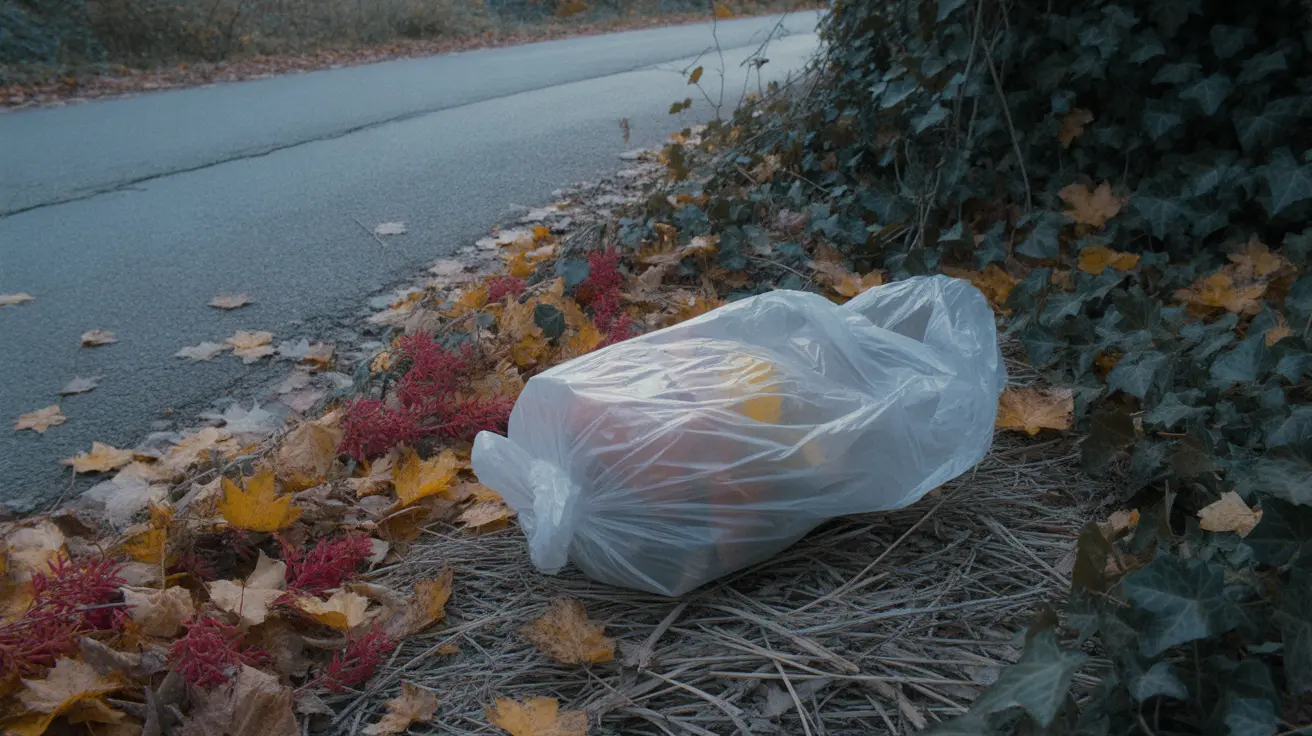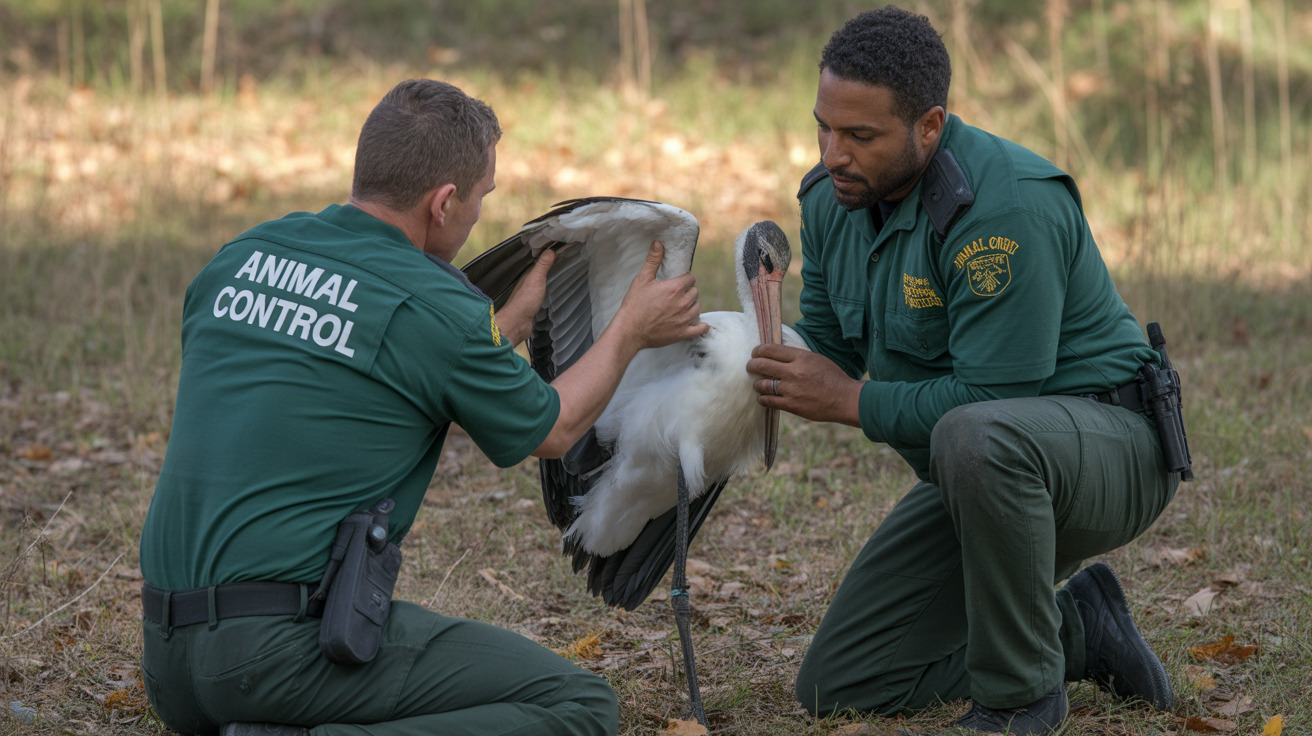What Happens If a Dog Eats a Little Bit of Onions?
Many pet owners are unaware of how dangerous onions can be for dogs. While a small bite of human food seasoned with onions might seem harmless, even minimal exposure can lead to severe health problems in dogs. Onions contain a compound called N-propyl disulfide, which damages red blood cells in dogs, leading to a condition called hemolytic anemia. Understanding the risks, symptoms, and treatment options is critical for keeping your dog safe.
Why Onions Are Toxic to Dogs
The toxic compound in onions, N-propyl disulfide, interferes with the ability of a dog’s red blood cells to carry oxygen. This leads to oxidative stress, causing the red blood cells to rupture—a process known as hemolysis. The result is hemolytic anemia, where the body is deprived of the oxygen it needs to function effectively. If untreated, this condition can escalate to organ failure and even death.
All Forms of Onion Are Harmful
- Raw, cooked, powdered, dehydrated onions
- All parts of the onion: bulb, leaves, skin, and juice
- Other Allium family members like garlic, leeks, chives, and shallots
Cooking or drying onions does not diminish their toxicity. In fact, onion powder is even more dangerous because it's a concentrated form of the toxin.
How Much Onion Is Dangerous for My Dog?
The general toxic dose is around 0.5% of a dog’s body weight. For example:
- A 44-pound dog could become seriously ill from just 3.5 ounces of onion
- Smaller breeds and puppies require even less to be at risk
- Japanese breeds like Akitas and Shiba Inus are especially sensitive
This means even a small amount used in soups, leftovers, or seasoning could be dangerous—especially for smaller dogs or those with preexisting conditions.
Symptoms of Onion Toxicity in Dogs
Symptoms may appear within a few hours or could take up to several days. Common signs include:
- Vomiting and diarrhea
- Loss of appetite and lethargy
- Pale or yellow gums
- Rapid or elevated heart rate
- Discolored urine (red or brown)
- Fainting, collapse, or lack of coordination
Early signs might appear as mild digestive discomfort, but onion toxicity can quickly progress to severe anemia. In extreme cases, veterinary intervention with blood transfusions and oxygen therapy may be required.
What Should You Do If Your Dog Eats Onion?
If you suspect that your dog has consumed any form of onion, do not induce vomiting unless instructed by a vet. Instead:
- Contact your veterinarian or emergency animal clinic immediately
- Call an animal poison control center:
- ASPCA Animal Poison Control Center: 1-888-426-4435
- Pet Poison Helpline: 1-855-764-7661
- Provide details like type and amount of onion, when ingestion took place, and any symptoms
Time is of the essence: Quick action can significantly improve your dog’s chances of a full recovery.
How to Prevent Onion Poisoning in Dogs
- Never feed leftovers or table scraps that may contain onion
- Securely store raw and cooked onions out of reach
- Prevent access to vegetable gardens
- Read food labels carefully for onion or garlic powder
- Educate all family members and guests about not feeding your pet human food
Safe Alternatives for Your Dog’s Diet
- Carrots
- Green beans
- Cucumbers
- Pumpkin
- Peas
Always consult your veterinarian before introducing new foods to your dog’s diet. Many vegetables are safe in moderation, but it's essential to know which ones are not.
Summary
- Onions are highly toxic to dogs, regardless of the amount consumed
- All forms and parts of the onion plant can cause harm
- Even small amounts can lead to serious conditions like hemolytic anemia
- Immediate veterinary care is essential in suspected cases of ingestion
- Prevention is the best strategy—keep all onion products away from your pets
Taking onion toxicity seriously can prevent a medical emergency and save your dog's life. Always be cautious and consult with a veterinarian if you’re uncertain about what foods your dog can safely eat.





